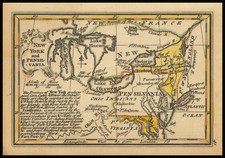One of the Earliest Obtainable Maps of Indiana
Fine example of Fielding Lucas' early map of Indiana, issued three years after its being admitted to the Union.
The southern third of the state includes a number of counties and shows the results of the ongoing state surveys. Some of the more interesting features which appear on the map are several Indian Boundaries and the Northern and Southern Lines of Harrison's purchase, the old Indian Line and Indian Boundary. Early townships and roads are also shown.
Striking example of Fielding Lucas' fine work, which distinguished him as the best publisher of the era. Lucas' maps are highly desirable and increasingly scarce. His maps are printed on a higher quality paper than contemporary maps by Carey & Lea and demonstrate a superior engraving quality and more attractive coloring style.
A fine example of this map, issued by one of the most important early American publishers, which are now virtually unobtainable in atlas form and rarely appear on the market in individual maps.
Fielding Lucas, Jr. (1781-1854) was a prominent American cartographer, engraver, artist, and public figure during the first half of the 19th century.
Lucas was born in Fredericksburg, Virginia and moved to Philadelphia as a teenager, before settling in Baltimore. There he launched a successful cartographic career. Lucas's first atlas was announced in early- to mid-1812, with production taking place between September 1812 and December of 1813, by which point the engravings were complete. Bound copies of the atlas -- A new and elegant general atlas: Containing maps of each of the United States -- were available early in the next year, beating Carey to market by about two months. Lucas later published A General Atlas Containing Distinct Maps Of all the known Countries in the World in the early 1820s.









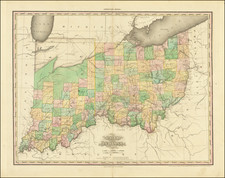
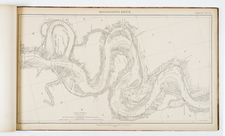
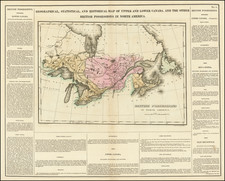
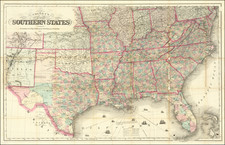
![Carte De La Louisiane Et Du Cours Du Mississipi . . . Juin 1718 [1st State!]](https://storage.googleapis.com/raremaps/img/small/59797.jpg)
